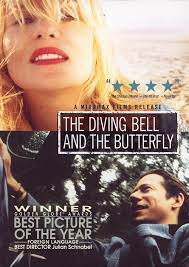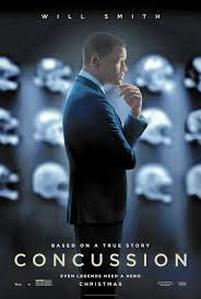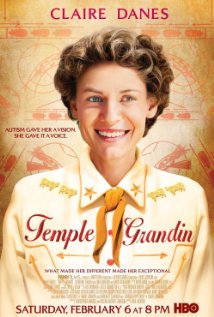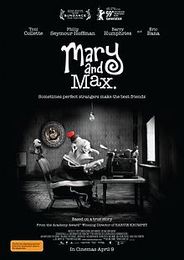| Teacher's Guide to Inside Out | When an 11-year old girl is uprooted to move with her parents, the cartoon character emotions in her mind must figure out how to work together to guide her through this difficult transition. Riley is thrown for a loop when she and her parents move from Minnesota to San Francisco. Five primary emotions – happiness (joy), anger, disgust, sadness, and fear – appear as cartoon characters within Riley Andersen’s mind (“headquarters”). The emotions must figure out how to work together to guide her through this difficult transition. When Joy and Sadness get lost in Riley’s mind, Anger, Fear and Disgust are left to navigate Riley’s new experiences. Joy and Sadness finally return after their adventures through various aspects of Riley's memory, sleep and dreams. |
Inside Out of Memory and Emotions
By Victoria A. Grunberg, M.S.
Inside Out (2015) is an entertaining cartoon film that demonstrates the emotional complexity and development of an 11-year old girl, Riley Andersen, as she experiences the stress of moving across the country with her parents and adjusting to a new school and new friends. From a neuropsychological perspective, the movie demonstrates several facts regarding the impact of emotions on memory, how sleep is related to memory consolidation, and the role of emotions for interpersonal functioning. This film appeals to all ages, and could be used to open discussions with children regarding emotions, challenging situations, and how to cope.











 RSS Feed
RSS Feed

